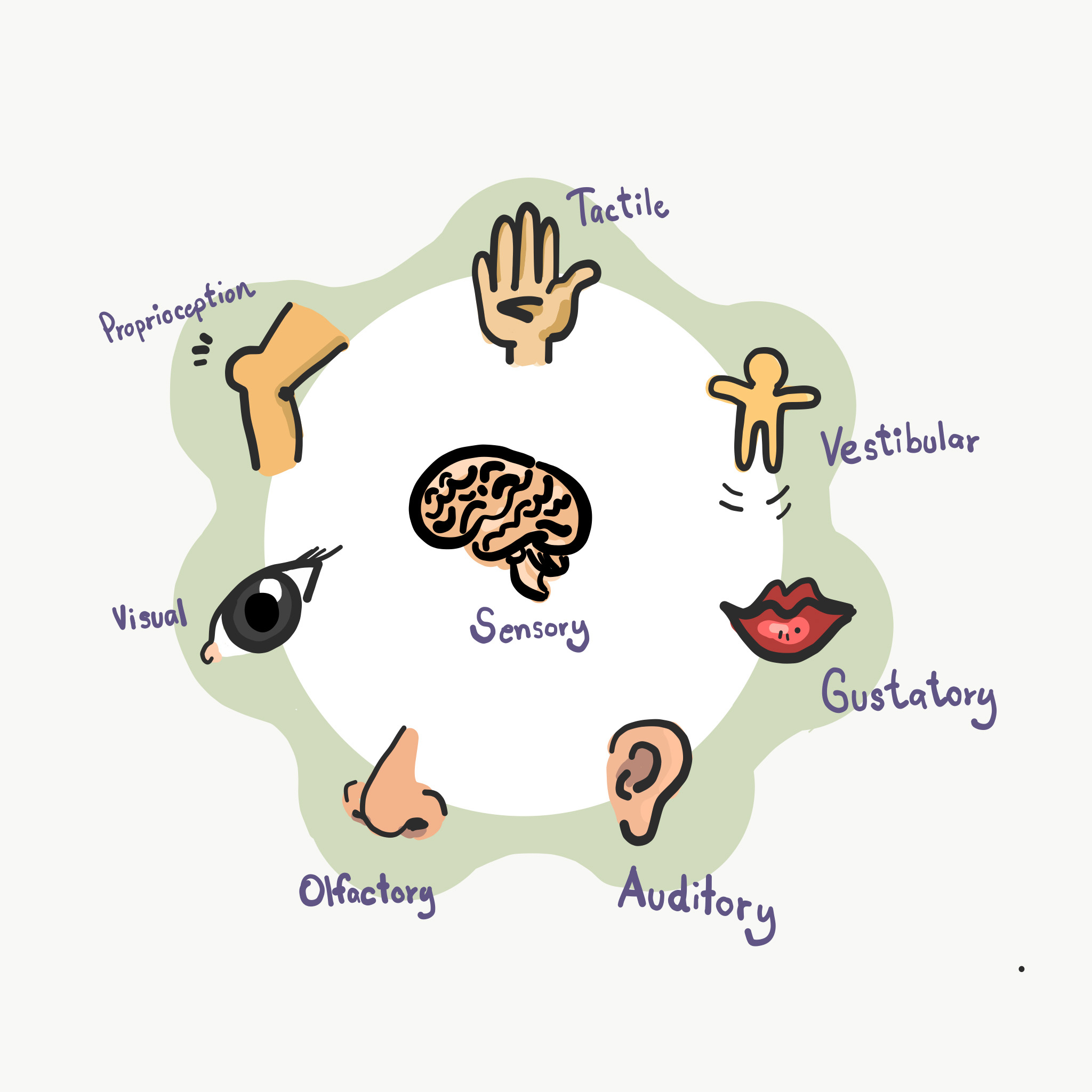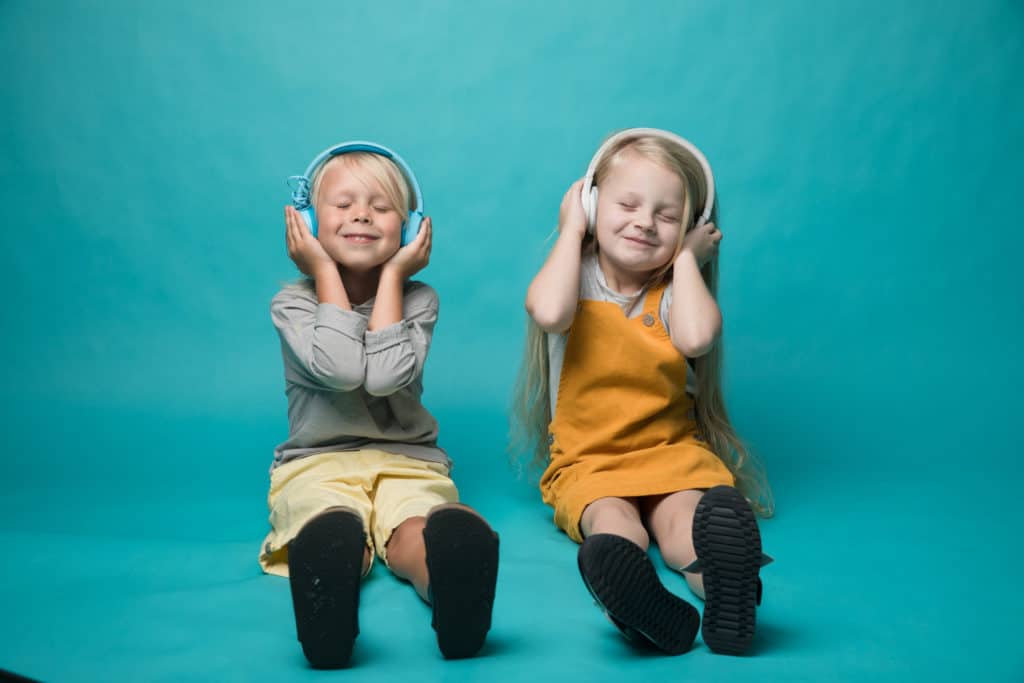

It can also occur as a side effect of some medications. Or, there may be a structural problem within the ear itself.

Sometimes the hearing sensitivity occurs because of a medical condition (e.g. (2019).Auditory sensitivity, or auditory hypersensitivity, to sounds can occur for a number of reasons. Treatment: Developmental co-ordination disorder (dyspraxia) in children.Children and young people’s experiences of living with developmental coordination disorder/dyspraxia: A systematic review and meta-ethnography of qualitative research. Genome-wide association study of motor coordination. Developmental co-ordination disorder (dyspraxia) in children: Treatment.Dyspraxia or developmental coordination disorder? Unravelling the enigma Developmental coordination disorder and dysgraphia: Signs and symptoms, diagnosis, and rehabilitation. Those plans may allow your child to receive occupational or physical therapy at school, which may be less disruptive to them and your family than traveling for services. Some children with dyspraxia will benefit from either an Individual Education Plan (IEP) or 504 plan in school. It can help to involve your child’s school in their treatment plan. Group therapy, where children can meet others with dyspraxia who may be able to share tips and coping skills, can also help. Treatments like cognitive behavioral therapy (CBT) and acceptance and commitment therapy (ACT) can support them in these experiences. Psychological support has become a key part of treatment for dyspraxia in recent years.Ĭhildren with dyspraxia may experience bullying, low self-esteem, and anxiety. Psychological treatment can help children build self-esteem, which helps them cope with their motor difficulties and delays in school. This might involve lip or tongue exercises, breathing control, and practicing making certain sounds. Speech therapyĬhildren with dyspraxia often have other learning difficulties, including speech or language impairments.Ī speech therapist can work with your child to help them find ways to communicate. Improving balance and overall muscle tone are two important focuses of physical therapy for dyspraxia. Physical therapy may also help with dyspraxia, focusing on improving gross motor skills.Īs with occupational therapy, much of physical therapy is task-focused. These skills might include handwriting, using scissors, tying shoes, and using buttons and zippers. This means that they will practice the desired skill over and over until there’s an improvement. The focus is on improving the child’s fine motor skills. Occupational therapy is the first line of treatment for dyspraxia. There are several treatment options, and the right one will depend on several factors, such as the severity of the condition and comorbidities. With the right support, people can better manage the symptoms. A small number of children grow out of dyspraxia symptoms, but a majority will be affected by the condition throughout their lives. trouble with executive functioning (mental skills, like memory and cognition)ĭyspraxia doesn’t have a cure.

dysgraphia (difficulties communicating through written language).

dyscalculia (difficulties with math concepts and calculations).dyslexia (difficulties with writing, spelling, and reading).attention deficit hyperactivity disorder (ADHD).The condition often occurs simultaneously with at least one other learning or developmental disorder. The report estimates that 2% have severe symptoms and another 10% have milder symptoms. The symptoms of dyspraxia can be seen as clumsiness, and it used to be known as “ clumsy child syndrome.”ĭyspraxia is also known as developmental coordination disorder (DCD), a term that’s gaining wider use.Īccording to a 2007 report, dyspraxia affects between 6% and 10% of children. Dyspraxia is a disorder that affects your ability to execute motor skills (gross and fine) and your coordination.


 0 kommentar(er)
0 kommentar(er)
